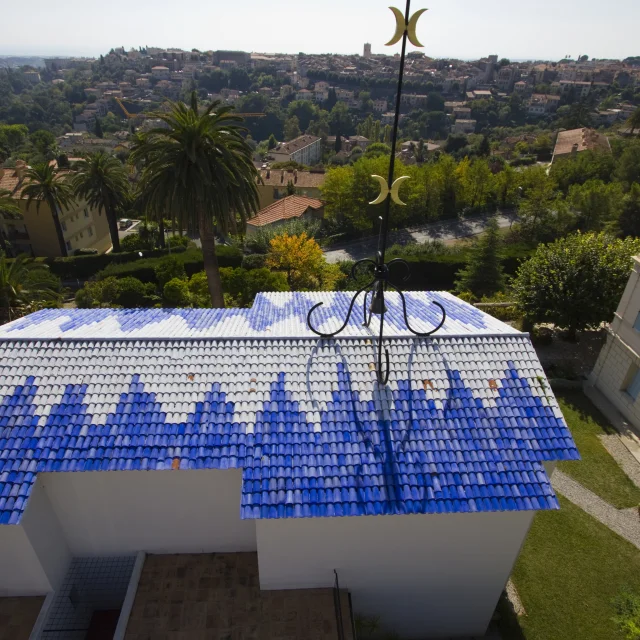In Nice
Matisse’s artistic heritage…
Henri Matisse and Marc Chagall. Two masters who left their mark on modern painting. One was born in the North of France and the other in Belarus. But the lands they fell in love with were the Côte d’Azur and Nice, whose light and sky so strongly influenced their art. At the end of their lives, Matisse and Chagall both wanted to pay homage to them, by donating masterpieces to them. Matisse’s works shine in Musée Matisse, in Villa des Arènes, in the heart of the olive grove in the gardens of Cimiez. The villa, with its red and ochre facade typical of 17th-century Genoese architecture, is totally devoted to the artist. There are around 600 works representative of all his artistic periods, from the 1890s to the gouache paper cut-outs of his last years. As well as personal objects. All bear witness to the painter’s deep attachment to the town of Nice, where he lived for 37 years. When he discovered it, at the age of 48, he was overwhelmed by its clarity. Following an initial stay at Hotel Beau Rivage, he took up residence near Cours Saleya. Much later, in 1938, he bought a big apartment in the former Hotel Regina, in the same quarter of Cimiez where his museum now stands.
 Matisse Mallarme Poesies Ffernandez
Matisse Mallarme Poesies Ffernandez

































